Home>Furniture & Design>Interior Design Trends>What Is Frosted Glass
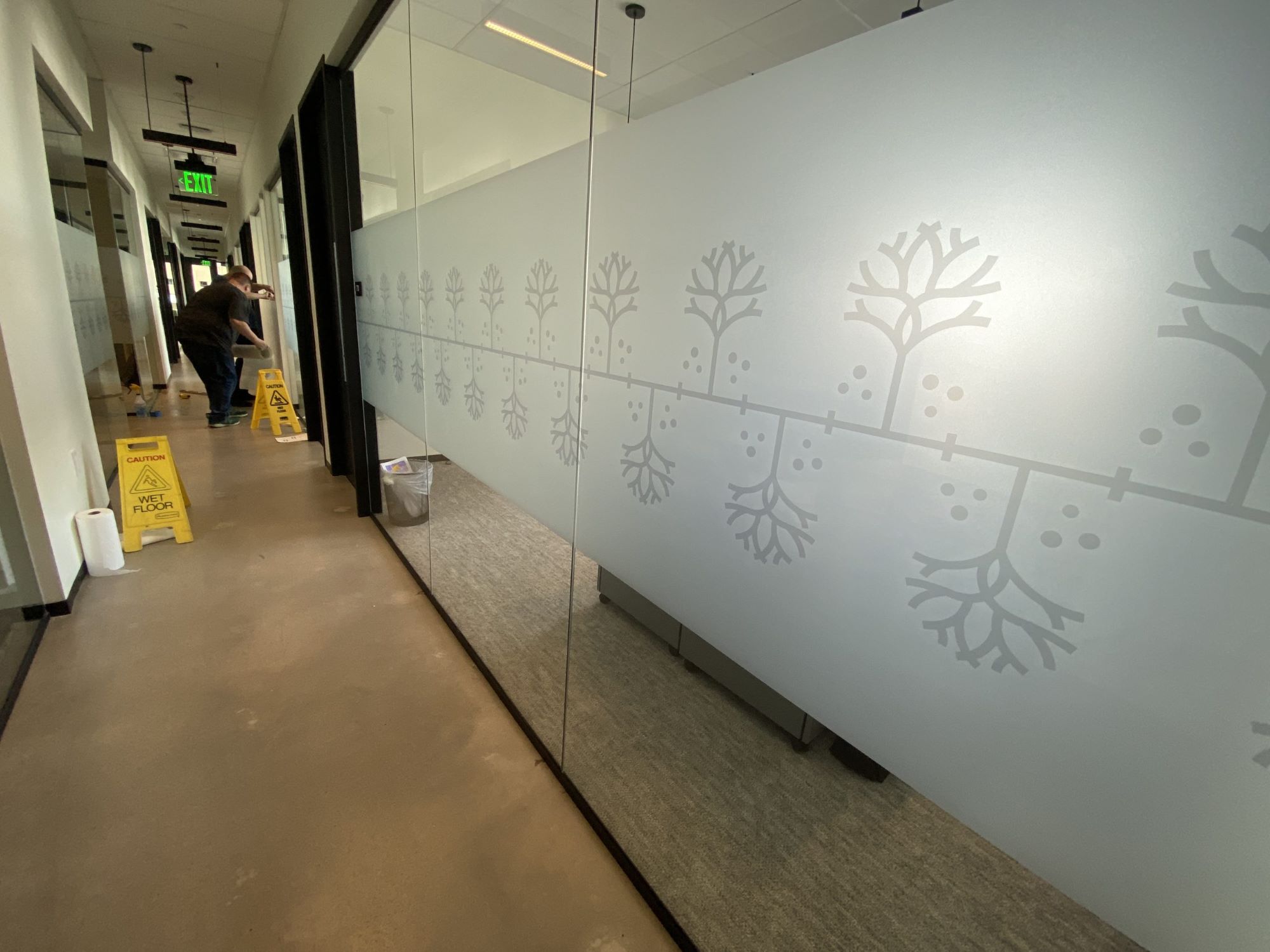

Interior Design Trends
What Is Frosted Glass
Modified: February 18, 2024
Discover the latest interior design trend with frosted glass. Learn how to incorporate this stylish element into your home decor for a modern and elegant look.
(Many of the links in this article redirect to a specific reviewed product. Your purchase of these products through affiliate links helps to generate commission for Storables.com, at no extra cost. Learn more)
Introduction
Frosted glass is a versatile and stylish material that has gained popularity in interior design and architecture. It offers a unique blend of functionality and aesthetics, making it a sought-after choice for various applications. This specialized type of glass has a distinctive appearance, characterized by its smooth, satin-like surface that diffuses light while providing privacy. Whether used in residential or commercial settings, frosted glass adds a touch of elegance and sophistication to any space.
Frosted glass is prized for its ability to obscure visibility while allowing ample light transmission, making it an ideal solution for creating private yet well-lit environments. Its versatility extends to both decorative and practical purposes, as it can be utilized in diverse ways to enhance the visual appeal and functionality of interior spaces. From partition walls and doors to shower enclosures and decorative accents, frosted glass offers a myriad of design possibilities.
This article aims to delve into the world of frosted glass, exploring its various types, manufacturing processes, applications, as well as its pros and cons. Additionally, we will provide insights into the maintenance and cleaning of frosted glass, offering valuable tips to ensure its longevity and pristine appearance. By the end of this comprehensive exploration, you will gain a deeper understanding of frosted glass and its potential to elevate the ambiance of any space.
Key Takeaways:
- Frosted glass is a versatile material that balances privacy and natural light, adding elegance to interior spaces. It comes in various types, offering design flexibility and functionality for partitions, doors, and decorative elements.
- While frosted glass enhances ambiance and privacy, it requires gentle cleaning to maintain its elegant appearance. Regular maintenance and care ensure its longevity and visual allure in interior design and architectural applications.
Read more: How To Frost Glass
Definition of Frosted Glass
Frosted glass, also known as obscured or satin glass, is a specialized type of glass that undergoes a surface treatment to create a translucent appearance. This distinctive finish is achieved through various methods, such as sandblasting, acid etching, or applying a frosted film. The result is a smooth, matte surface that diffuses light, providing privacy and obscuring visibility while allowing ample light transmission.
The frosted effect on the glass surface is achieved by altering its texture, which scatters light as it passes through, creating a soft, diffused glow. This unique characteristic makes frosted glass an ideal choice for spaces where privacy is desired without compromising natural light. It is commonly used in interior design and architecture to create elegant partitions, doors, windows, and decorative elements.
Frosted glass can be crafted from different types of glass, including annealed, tempered, or laminated glass, offering versatility in terms of strength and safety. Its applications range from residential to commercial settings, where it serves both functional and aesthetic purposes. Whether used in bathrooms, offices, retail spaces, or hospitality environments, frosted glass adds a touch of sophistication while addressing practical needs.
In essence, frosted glass embodies a balance of functionality and visual appeal, making it a popular choice for modern interior design. Its ability to transform light, provide privacy, and enhance the ambiance of a space makes it a versatile and sought-after material in the world of design and architecture.
Types of Frosted Glass
Frosted glass comes in various types, each offering unique characteristics and applications. Understanding the different types of frosted glass is essential for selecting the most suitable option based on specific design requirements and functional needs. Here are some common types of frosted glass:
-
Acid-Etched Frosted Glass: This type of frosted glass is created by applying hydrofluoric acid or other chemical etching solutions to the glass surface. The acid reacts with the glass, creating a frosted appearance by roughening the surface. Acid-etched frosted glass offers a smooth, satin-like finish and is known for its durability and resistance to fingerprints and stains. It is often used in interior doors, partitions, and decorative panels.
-
Sandblasted Frosted Glass: Sandblasting involves propelling fine sand particles at high velocity onto the glass surface, creating a frosted effect by etching the glass. This method allows for precise control over the degree of frosting, making it suitable for creating intricate patterns and designs. Sandblasted frosted glass is commonly used in decorative windows, shower enclosures, and signage.
-
Frosted Laminated Glass: Laminated frosted glass consists of two or more glass panes bonded together with a layer of polyvinyl butyral (PVB) or ethylene-vinyl acetate (EVA) interlayer. The frosted effect is achieved by treating one or more of the glass panes before lamination. This type of frosted glass offers enhanced safety and security due to its shatter-resistant properties, making it suitable for applications such as balustrades, skylights, and exterior facades.
-
Frosted Tempered Glass: Tempered frosted glass undergoes a special heat treatment process to increase its strength and resistance to impact. The frosted finish is applied either before or after the tempering process. Tempered frosted glass is known for its safety features, as it breaks into small, dull-edged fragments when shattered, reducing the risk of injury. It is commonly used in doors, partitions, and tabletops.
-
Frosted Film Glass: This type of frosted glass involves applying a frosted film to the glass surface. The film is available in various patterns and opacities, allowing for customization and flexibility in achieving different levels of privacy and decorative effects. Frosted film glass is a cost-effective solution for retrofitting existing glass surfaces, such as windows, doors, and office partitions.
Each type of frosted glass offers distinct advantages in terms of aesthetics, functionality, and suitability for specific applications. By understanding the characteristics of each type, designers and architects can make informed decisions when incorporating frosted glass into their projects, ensuring that the chosen type aligns with the desired design vision and performance requirements.
How Frosted Glass is Made
Frosted glass is crafted through various techniques, each aimed at altering the surface of the glass to achieve the desired translucent and diffused appearance. The process of creating frosted glass involves precision and expertise to achieve consistent results and high-quality finishes. Here are the primary methods used in the production of frosted glass:
Acid Etching
Acid etching is a widely used method for creating frosted glass. It involves applying a specialized acid, such as hydrofluoric acid, to the glass surface. The acid reacts with the glass, causing microscopic etching that results in a smooth, satin-like frosted finish. This process requires careful control of the acid application and duration to achieve the desired level of frosting while maintaining the integrity of the glass.
Read more: How To Clean Frosted Glass
Sandblasting
Sandblasting is another popular technique for creating frosted glass. It entails propelling fine sand particles at high velocity onto the glass surface, effectively etching the glass to produce a frosted effect. The degree of frosting can be controlled by adjusting the pressure and duration of the sandblasting process, allowing for the creation of intricate patterns and designs on the glass surface.
Frosted Film Application
Frosted film is a versatile and cost-effective solution for achieving a frosted appearance on glass surfaces. This method involves applying a specialized frosted film to the glass, which adheres to the surface to create the desired translucent effect. Frosted films are available in various patterns and opacities, offering flexibility in customizing the level of privacy and decorative elements on the glass.
Laminating and Tempering
In some cases, the frosted effect is incorporated into the glass during the lamination or tempering process. For laminated frosted glass, the frosted appearance is achieved by treating one or more glass panes before they are bonded together with an interlayer. Tempered frosted glass undergoes a heat treatment process to enhance its strength and safety features while maintaining the frosted finish.
The production of frosted glass requires a combination of specialized equipment, skilled craftsmanship, and adherence to strict quality control measures. Whether through chemical etching, sandblasting, film application, or integration into the lamination and tempering processes, each method contributes to the creation of frosted glass with its unique visual and functional attributes. By understanding the intricacies of how frosted glass is made, designers and manufacturers can ensure the consistent production of high-quality frosted glass products for a wide range of applications.
Applications of Frosted Glass
Frosted glass finds diverse applications across residential, commercial, and institutional settings, offering a perfect blend of functionality and aesthetics. Its unique properties make it a versatile choice for various design and architectural elements. Here are some prominent applications of frosted glass:
Read more: How To Make Frosted Glass
Interior Partitions and Doors
Frosted glass is widely used to create elegant and functional interior partitions and doors. Its translucent appearance allows natural light to permeate while providing privacy, making it an ideal choice for separating spaces without compromising illumination. Whether used in office environments, residential interiors, or hospitality settings, frosted glass partitions and doors add a touch of sophistication while maintaining a sense of openness.
Shower Enclosures
In bathrooms and spa facilities, frosted glass is a popular choice for shower enclosures. Its ability to obscure visibility while allowing light to filter through creates a serene and private showering experience. The frosted finish adds a contemporary and luxurious touch to the bathroom, enhancing the overall ambiance.
Windows and Skylights
Frosted glass windows and skylights are utilized to introduce natural light into interior spaces while maintaining privacy. Whether installed in residential homes, commercial buildings, or public facilities, frosted glass windows and skylights offer an elegant solution for balancing illumination and discretion.
Decorative Panels and Signage
Frosted glass is often employed in decorative panels and signage, adding a touch of sophistication to retail spaces, restaurants, and corporate environments. Its ability to diffuse light and create a subtle, elegant glow makes it an attractive choice for showcasing branding elements and decorative features.
Read more: How Is Frosted Glass Made
Retail Displays
In retail settings, frosted glass is used for display cases, shelving, and decorative partitions. Its ability to enhance the visual appeal of merchandise while providing a degree of privacy contributes to creating an inviting and stylish shopping environment.
Office Partitions and Workstations
Frosted glass partitions are frequently integrated into modern office designs to delineate workspaces while promoting an open and collaborative atmosphere. The translucent nature of frosted glass allows for the diffusion of natural light, contributing to a bright and airy office environment.
Balustrades and Railings
Frosted glass balustrades and railings are employed in both residential and commercial settings to add a contemporary and elegant touch to staircases, balconies, and terraces. The frosted finish enhances safety by providing a visual barrier while maintaining an open and spacious feel.
Furniture and Decorative Accents
Frosted glass is incorporated into furniture design, such as tabletops, cabinets, and shelving, adding a modern and sleek aesthetic to interior spaces. Additionally, decorative accents, such as frosted glass vases, lighting fixtures, and art installations, contribute to the overall ambiance of a room.
From creating private yet well-lit spaces to adding a touch of elegance and sophistication, the applications of frosted glass are diverse and impactful. Its ability to balance functionality with visual appeal makes it a valuable asset in the realm of interior design and architecture. Whether used in residential, commercial, or institutional settings, frosted glass continues to be a favored choice for enhancing the ambiance and functionality of interior spaces.
Read more: How To Remove Frosted Glass
Pros and Cons of Frosted Glass
Frosted glass offers a range of advantages and considerations that are essential for designers, architects, and homeowners to weigh when incorporating this specialized material into their projects. Understanding the pros and cons of frosted glass is crucial for making informed decisions that align with specific design requirements and functional needs.
Pros
-
Privacy: One of the primary advantages of frosted glass is its ability to provide privacy without compromising natural light. Whether used in bathrooms, office partitions, or entry doors, frosted glass creates a sense of seclusion while allowing light to filter through, contributing to a comfortable and inviting environment.
-
Aesthetics: Frosted glass adds a touch of elegance and sophistication to interior spaces. Its smooth, satin-like finish diffuses light, creating a soft glow that enhances the ambiance of a room. The translucent appearance of frosted glass lends a contemporary and stylish aesthetic to various design elements.
-
Light Diffusion: Frosted glass effectively diffuses natural and artificial light, reducing glare and creating a gentle, even illumination. This property makes it an ideal choice for spaces where soft, ambient lighting is desired, contributing to a comfortable and visually pleasing environment.
-
Versatility: Frosted glass is versatile in its applications, offering a wide range of design possibilities. From partitions and doors to decorative panels and signage, frosted glass can be integrated into diverse architectural and interior design elements, adding both functionality and visual appeal.
-
Maintenance: Frosted glass is relatively low-maintenance, as its frosted surface helps conceal fingerprints and smudges. This makes it a practical choice for high-traffic areas and spaces where maintaining a clean and polished appearance is essential.
Cons
-
Cleaning Challenges: While frosted glass is generally low-maintenance, cleaning can pose challenges due to its textured surface. Dust and debris may accumulate in the frosted texture, requiring thorough cleaning to maintain its pristine appearance.
-
Limited Transparency: The translucent nature of frosted glass limits visibility, which may not be suitable for applications where clear visibility is essential. In spaces where unobstructed views are desired, alternatives to frosted glass may be more appropriate.
-
Cost Considerations: Depending on the type and customization requirements, frosted glass can be more expensive than standard clear glass. Designers and homeowners should consider the budget implications when opting for frosted glass in their projects.
-
Design Constraints: The frosted appearance of the glass may not be suitable for all design schemes. In some cases, the specific aesthetic or functional requirements of a project may call for alternative materials that offer different visual and performance characteristics.
By carefully weighing the pros and cons of frosted glass, individuals can make informed decisions regarding its incorporation into interior spaces and architectural elements. The unique blend of privacy, aesthetics, and functionality offered by frosted glass makes it a compelling choice for a wide range of applications, provided that its characteristics align with the specific needs and vision of the project.
Maintenance and Cleaning of Frosted Glass
Maintaining the pristine appearance of frosted glass is essential to preserve its elegant aesthetic and functional properties. While frosted glass is relatively low-maintenance, regular cleaning and care are necessary to ensure its longevity and visual appeal. Here are essential tips for the maintenance and cleaning of frosted glass:
Read more: How To See Through Frosted Glass
Regular Dusting and Wiping
Dust and debris can accumulate on the textured surface of frosted glass, affecting its appearance over time. To prevent buildup, regular dusting with a soft, lint-free cloth or microfiber duster is recommended. Gently wipe the surface to remove dust particles, ensuring that the frosted texture remains clean and free from residue.
Mild Cleaning Solutions
When more thorough cleaning is required, using a mild cleaning solution is advisable. Prepare a solution of warm water and a gentle, non-abrasive glass cleaner or mild dish soap. Apply the solution to the frosted glass surface using a soft cloth or sponge, carefully wiping away any dirt or smudges. Avoid using abrasive cleaners or rough materials that may scratch or damage the frosted finish.
Avoid Harsh Chemicals
It is important to avoid harsh chemicals, ammonia-based cleaners, or abrasive materials when cleaning frosted glass. These substances can compromise the frosted texture and damage the glass surface. Opt for gentle cleaning solutions and soft cleaning tools to maintain the integrity of the frosted finish.
Thorough Rinsing and Drying
After cleaning the frosted glass, thoroughly rinse the surface with clean water to remove any residual cleaning solution. Use a clean, dry cloth to carefully dry the glass, ensuring that no streaks or water spots remain. Proper drying helps maintain the clarity and pristine appearance of the frosted surface.
Read more: How To Remove Frosting From Glass
Preventing Scratches and Impact
While frosted glass is durable, it is important to prevent scratches and impact that may compromise its appearance. Avoid using abrasive materials or sharp objects that can scratch the frosted surface. Additionally, handle frosted glass panels and objects with care to prevent accidental impact or damage.
Regular Maintenance Checks
Periodic maintenance checks are essential to identify any signs of wear, damage, or staining on frosted glass surfaces. Addressing any issues promptly can help preserve the quality and visual appeal of the glass. Regular inspections also allow for the early detection of any maintenance needs, ensuring that the frosted glass remains in optimal condition.
By following these maintenance and cleaning guidelines, frosted glass can retain its elegant appearance and functional properties for years to come. Proper care and attention contribute to the longevity and visual allure of frosted glass, making it a valuable and enduring element in interior design and architectural applications.
Conclusion
In conclusion, frosted glass stands as a versatile and sophisticated material that has made its mark in the realm of interior design and architecture. Its unique ability to balance privacy, natural light diffusion, and aesthetic appeal makes it a valuable asset in a wide range of applications. From creating elegant partitions and doors to enhancing the ambiance of bathrooms, retail spaces, and office environments, frosted glass offers a seamless blend of functionality and visual allure.
The diverse types of frosted glass, including acid-etched, sandblasted, laminated, tempered, and frosted film glass, provide designers and architects with a spectrum of options to cater to specific design requirements and performance needs. Each type brings its own set of characteristics, allowing for customization and flexibility in achieving the desired visual and functional outcomes.
The production process of frosted glass involves precision and expertise, whether through acid etching, sandblasting, film application, or integration into lamination and tempering. Understanding the intricacies of how frosted glass is made is crucial for ensuring consistent quality and performance in its applications.
The applications of frosted glass span across residential, commercial, and institutional settings, contributing to the creation of private yet well-lit spaces, elegant decorative elements, and functional architectural features. Its versatility and ability to enhance the visual appeal of interior spaces make it a favored choice among designers and homeowners alike.
While frosted glass offers numerous advantages, such as privacy, aesthetics, light diffusion, and versatility, it is important to consider the cleaning challenges, limited transparency, cost considerations, and design constraints associated with its use. By carefully weighing the pros and cons, informed decisions can be made to ensure that frosted glass aligns with the specific needs and vision of a project.
In the realm of maintenance and cleaning, regular care and attention are essential to preserve the pristine appearance and functional properties of frosted glass. By following proper cleaning techniques and preventive measures, the longevity and visual allure of frosted glass can be upheld, ensuring its enduring impact in interior spaces.
In essence, frosted glass continues to captivate with its seamless blend of privacy, elegance, and functionality. Its presence in modern interior design and architecture serves as a testament to its enduring appeal and timeless allure, making it a valuable and sought-after material for creating captivating and inviting spaces.
Frequently Asked Questions about What Is Frosted Glass
Was this page helpful?
At Storables.com, we guarantee accurate and reliable information. Our content, validated by Expert Board Contributors, is crafted following stringent Editorial Policies. We're committed to providing you with well-researched, expert-backed insights for all your informational needs.
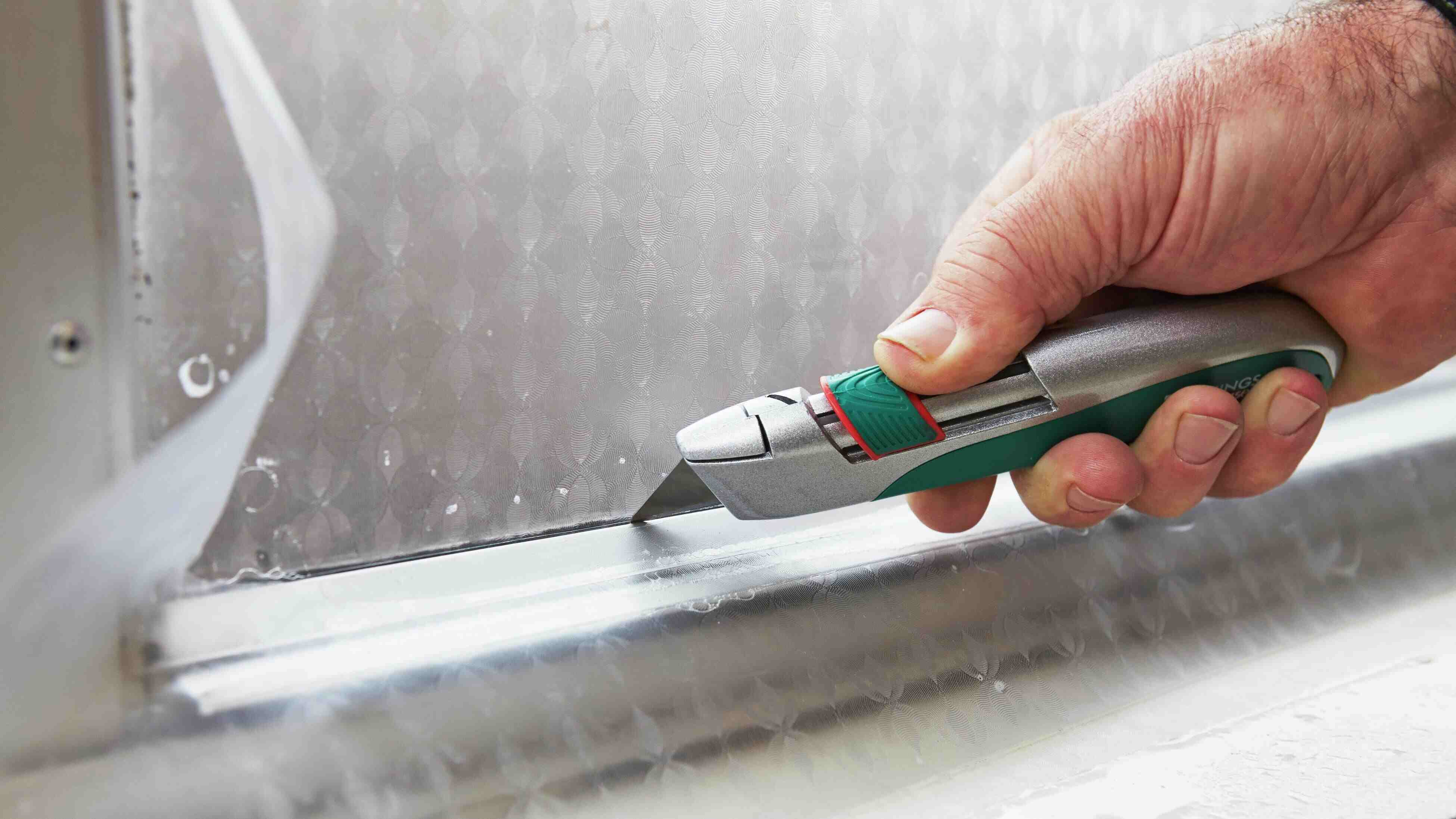
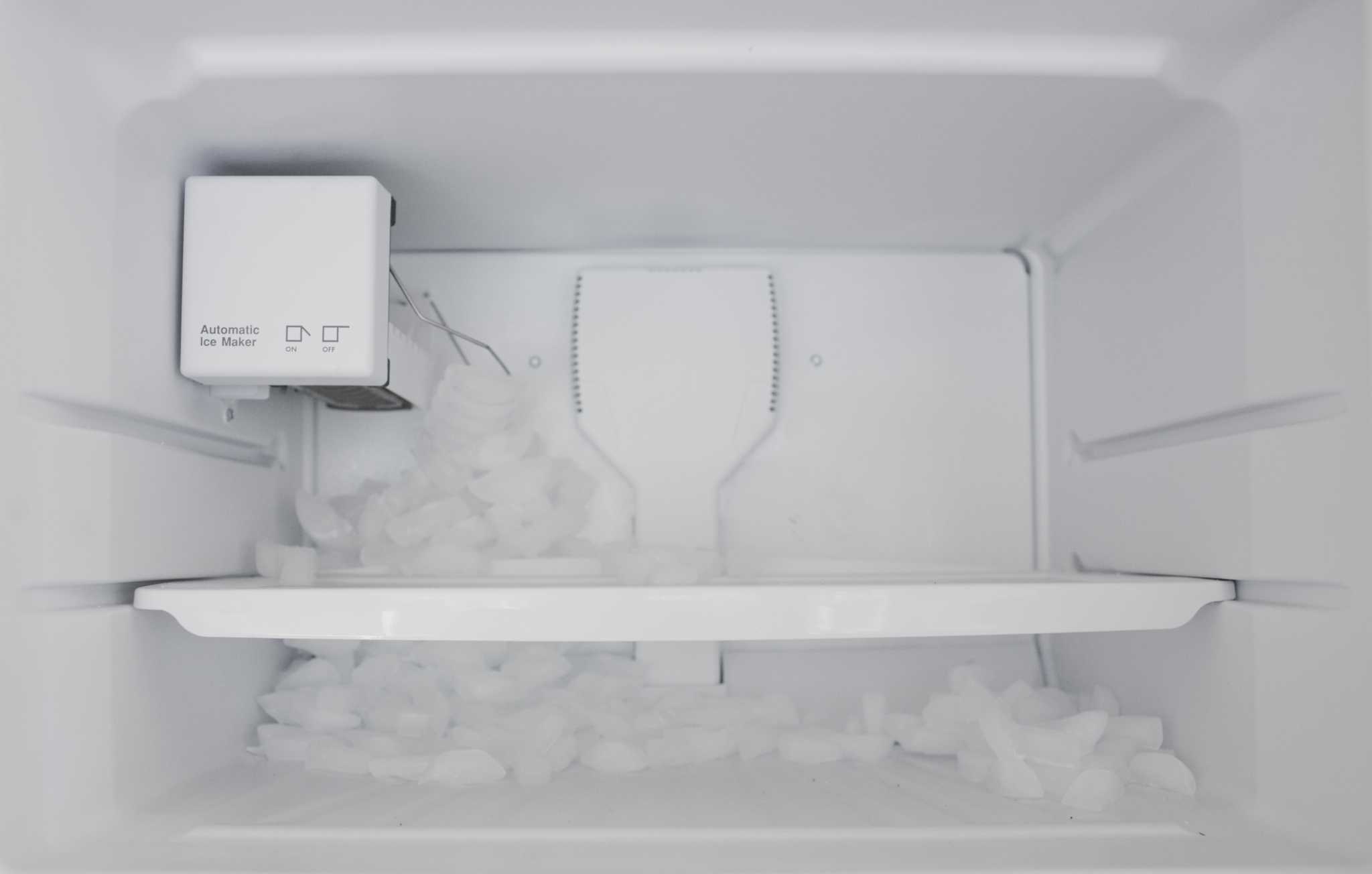
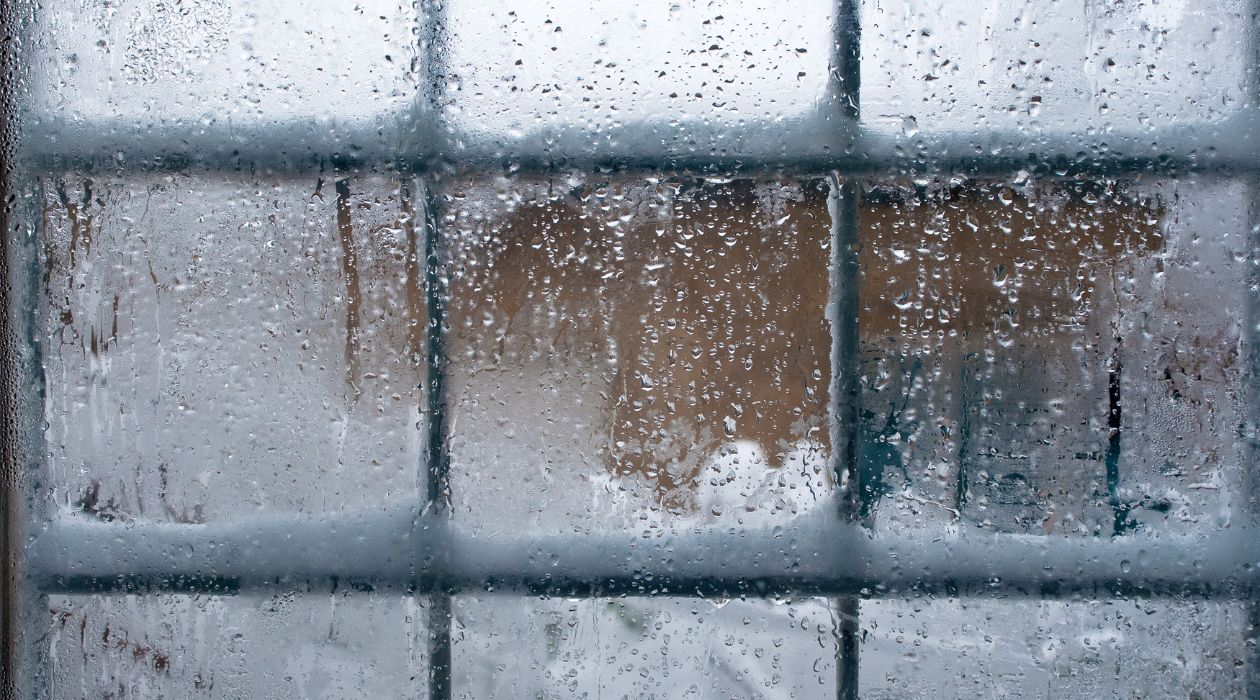
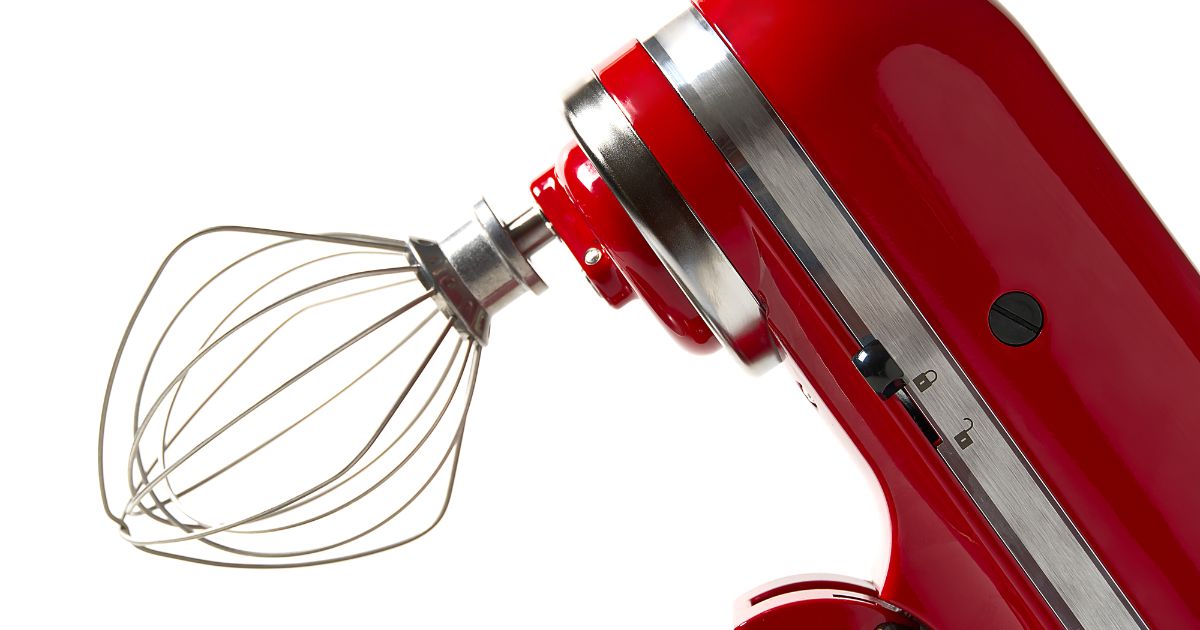

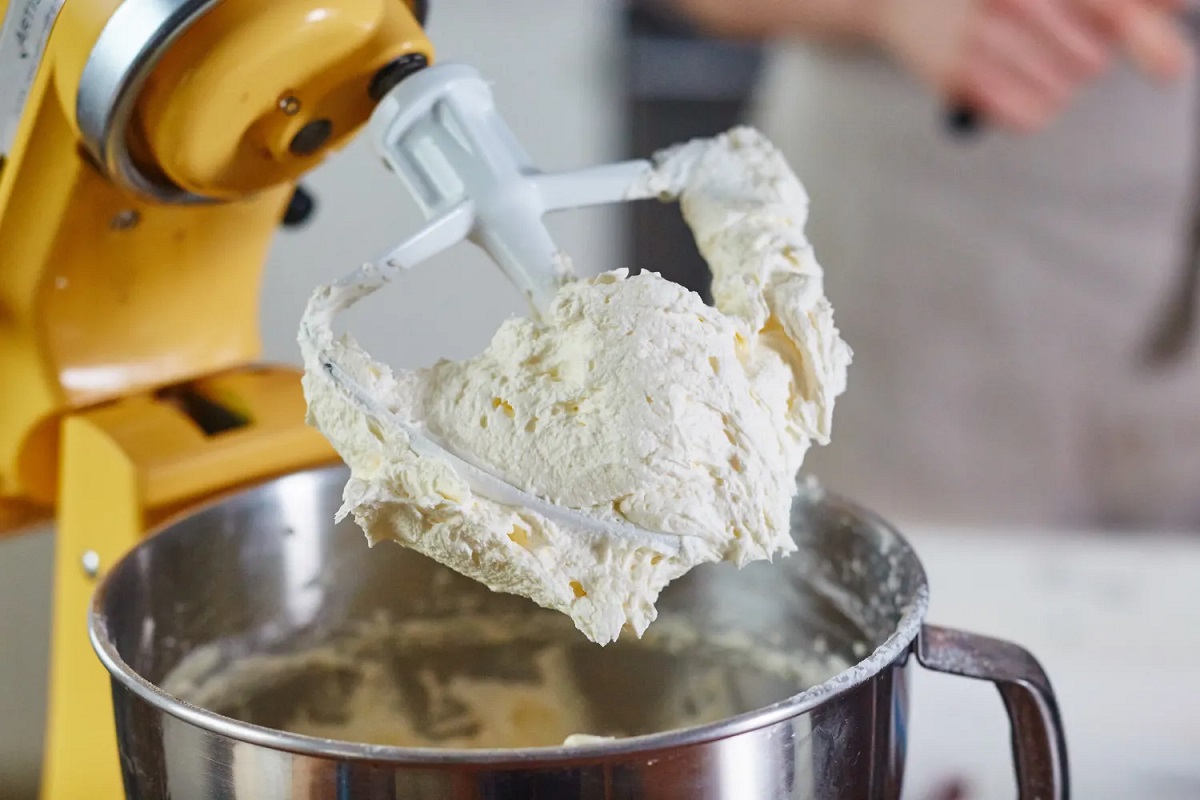

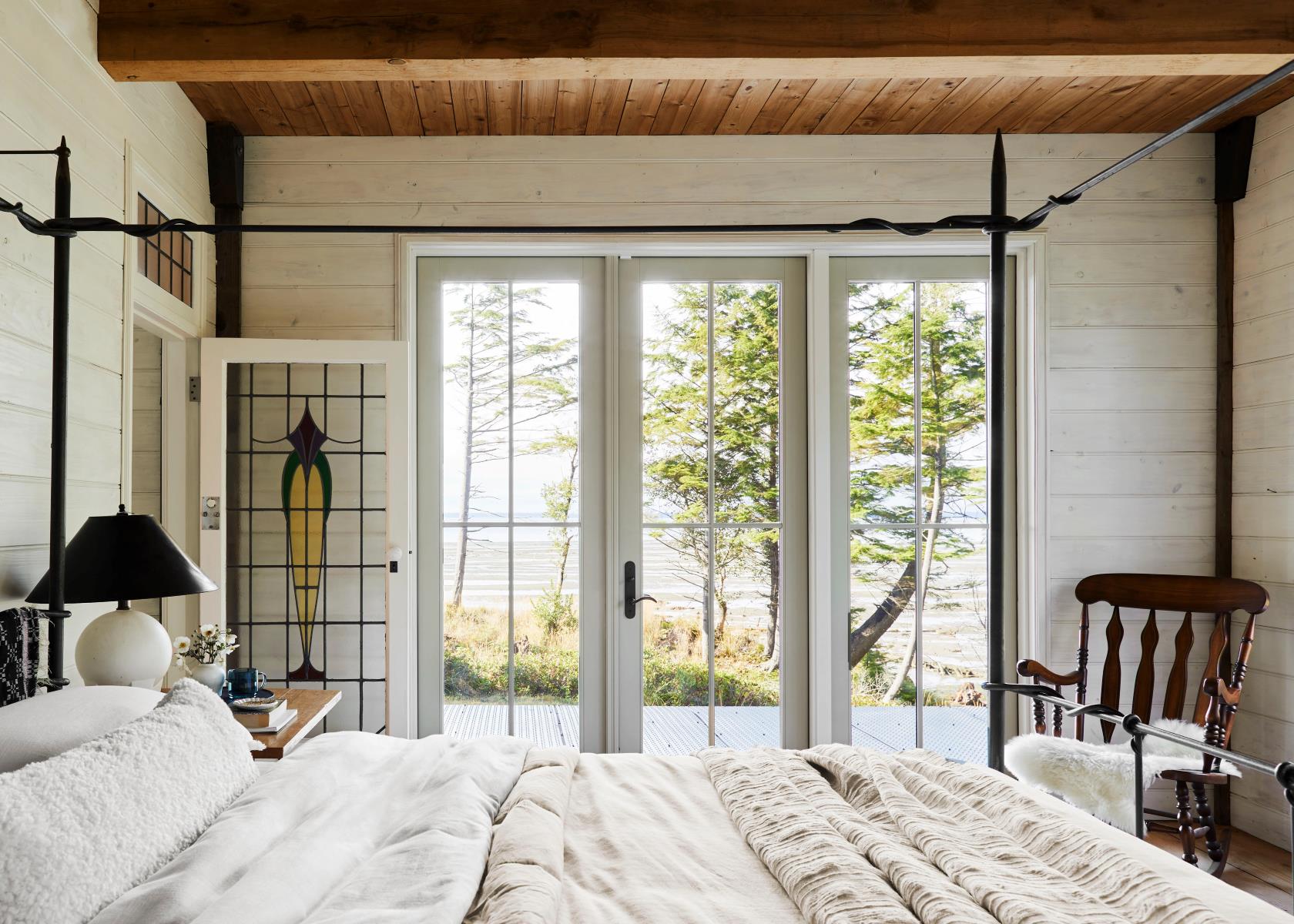
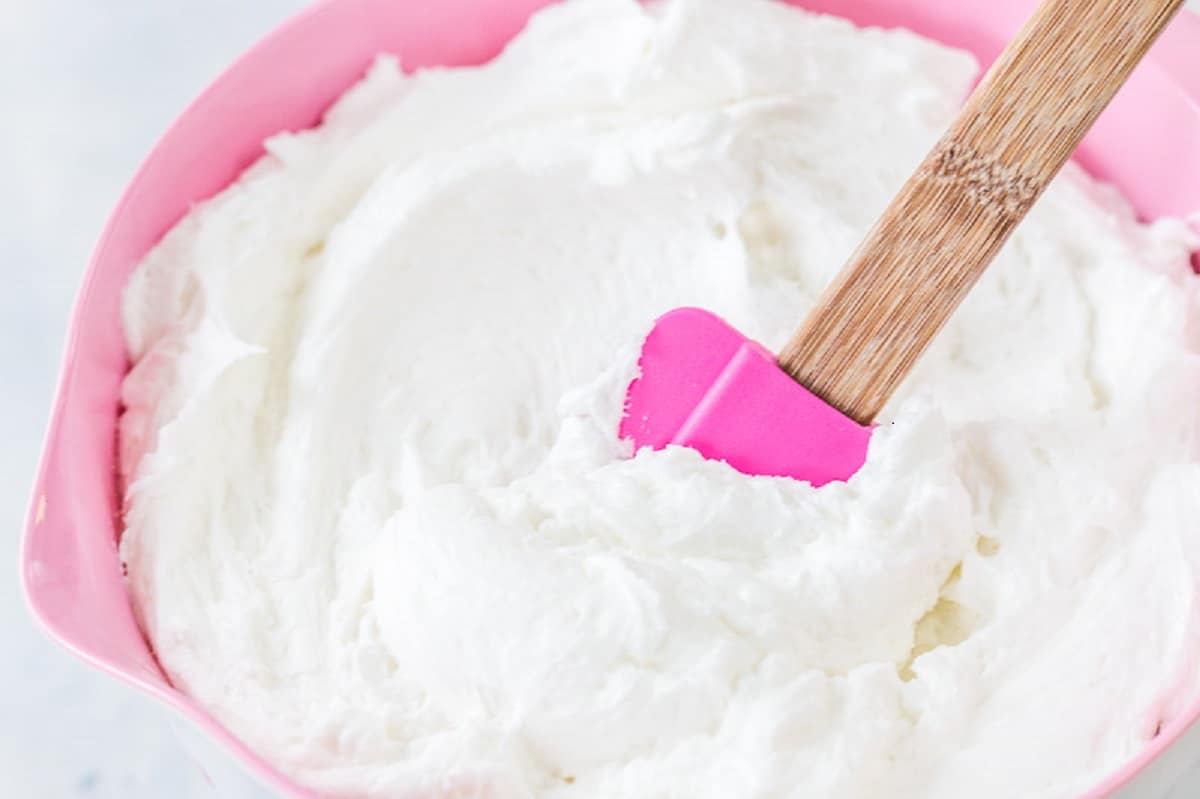

0 thoughts on “What Is Frosted Glass”